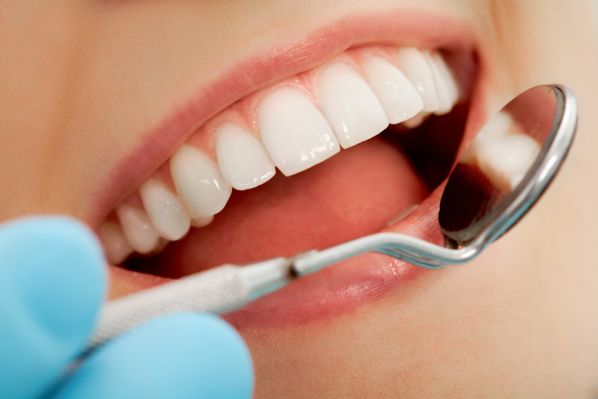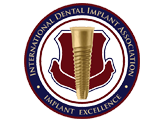Everyone knows that baby teeth are supposed to fall out and permanent teeth are supposed to be…. permanent, right? Unfortunately, it’s not always quite so simple. Loose adult teeth occur more often than many of us realize and often come with plenty of fear and anxiety. The good news is that a loose tooth doesn’t mean losing your tooth: in many cases, your dentist can save a loose tooth, but it’s unlikely to get better on its own. If you have a loose permanent tooth, make an appointment with your dentist as soon as possible.
What Causes a Loose Adult Tooth?
There are a number of reasons a permanent tooth may become loose. The main causes are gum disease, stress due to clenching or grinding, and trauma, including accidents or sports injuries.
Gum (or periodontal) disease is generally considered to be the most common cause of loose permanent teeth. In the case of gum disease, the build-up of bacteria causes gums to recede to the point where they are not able to hold the tooth in place. And in some cases, the bacteria associated with gum disease can also cause damage to roots and bone. When gum disease is the cause, it’s important to treat the underlying problem as well as stabilizing the tooth. This often means that a deep cleaning and treatments to remove plaque below the gumline are required before the tooth can be stabilized.
Loose teeth can also be caused by clenching, grinding or outside injury, which weaken the ligaments attaching the teeth to the bone. These ligaments can often be strengthened with help, and the tooth stabilized, especially if the gums are healthy. If your tooth becomes loose because of an accident, there’s a good chance your dentist can save the tooth, even if it’s very loose, so it’s even more important to get into the office as soon as possible.
In many cases, a loose adult tooth or teeth can be stabilized by attaching them to neighboring teeth through a procedure called splinting. This is usually a temporary procedure lasting a few weeks or months that allows gums to heal and helps the ligaments to strengthen around the tooth. A splint is often made of composite resin and wire and attaches the loose tooth or teeth to a healthy tooth next to them. Your dentist may also put a small, specially-made plastic splint in place to stabilize the loose tooth.
Heavy grinding of the teeth or clenching of the jaw (also called bruxism), is another major cause of loose teeth. Grinding or clenching puts an unexpected amount of pressure on the teeth and can often cause a tooth to become loose, especially when there’s an underlying problem like infection or decay.
Bruxism often happens while a patient is sleeping, and, if night grinding is a factor, your dentist will generally recommend a night guard after treating and stabilizing your tooth. A removable guard can reduce stress on teeth caused by night grinding helping ligaments heal and helping protect any dental work done to stabilize the tooth.
What If the Tooth Can’t Be Saved?
In some cases (particularly where gum disease is involved) your dentist may not be able to save your loose tooth. He may need to extract the tooth and replace it with an implant or bridge. But with new technology and expertise, your dentist is more likely than ever to be able to save your loose permanent tooth.
Hoping that your tooth will heal on its own is probably not an effective strategy for dealing with a loose permanent tooth. Playing it safe and making an appointment with your dentist as soon as you feel that something is wrong is a much better bet. Until you’re able to see your dentist, eat soft foods and use a soft-bristled toothbrush. Rinsing with salt water can also help keep the area clean. Once you’re in the chair, your dentist will be able to determine the cause of your loose tooth and the best approach to treatment. And in most cases, the earlier you see your dentist, the better chance he has of saving your tooth.











